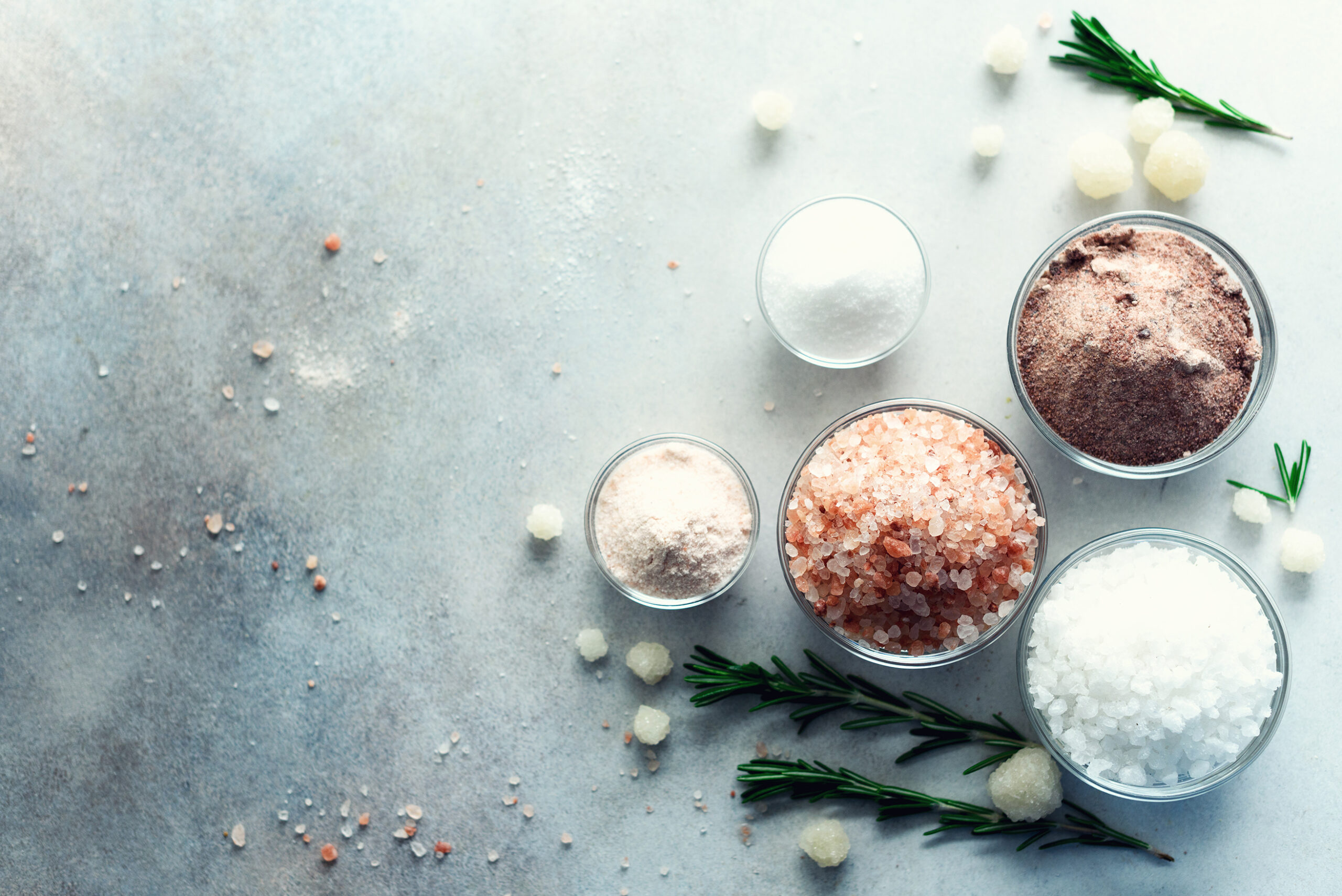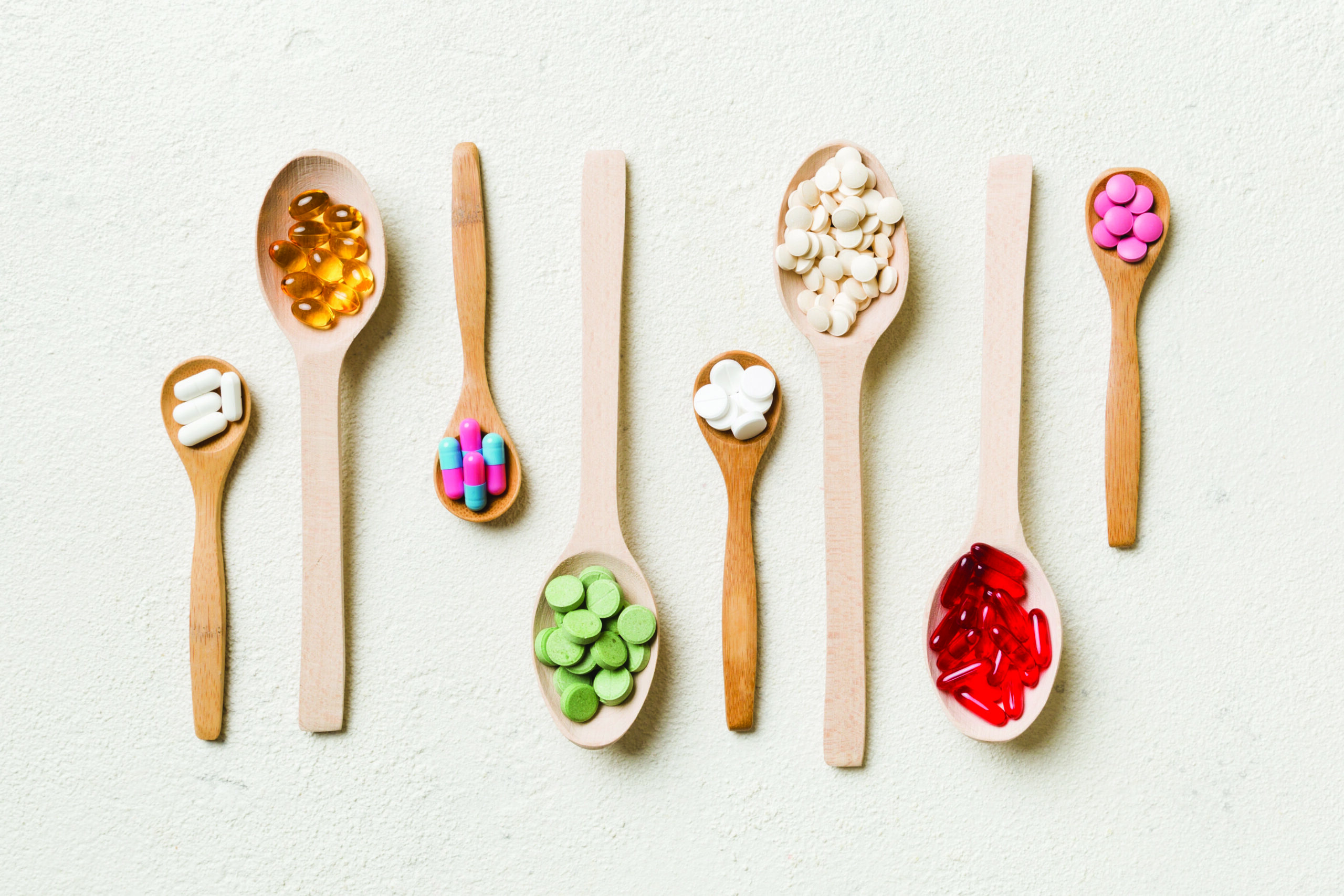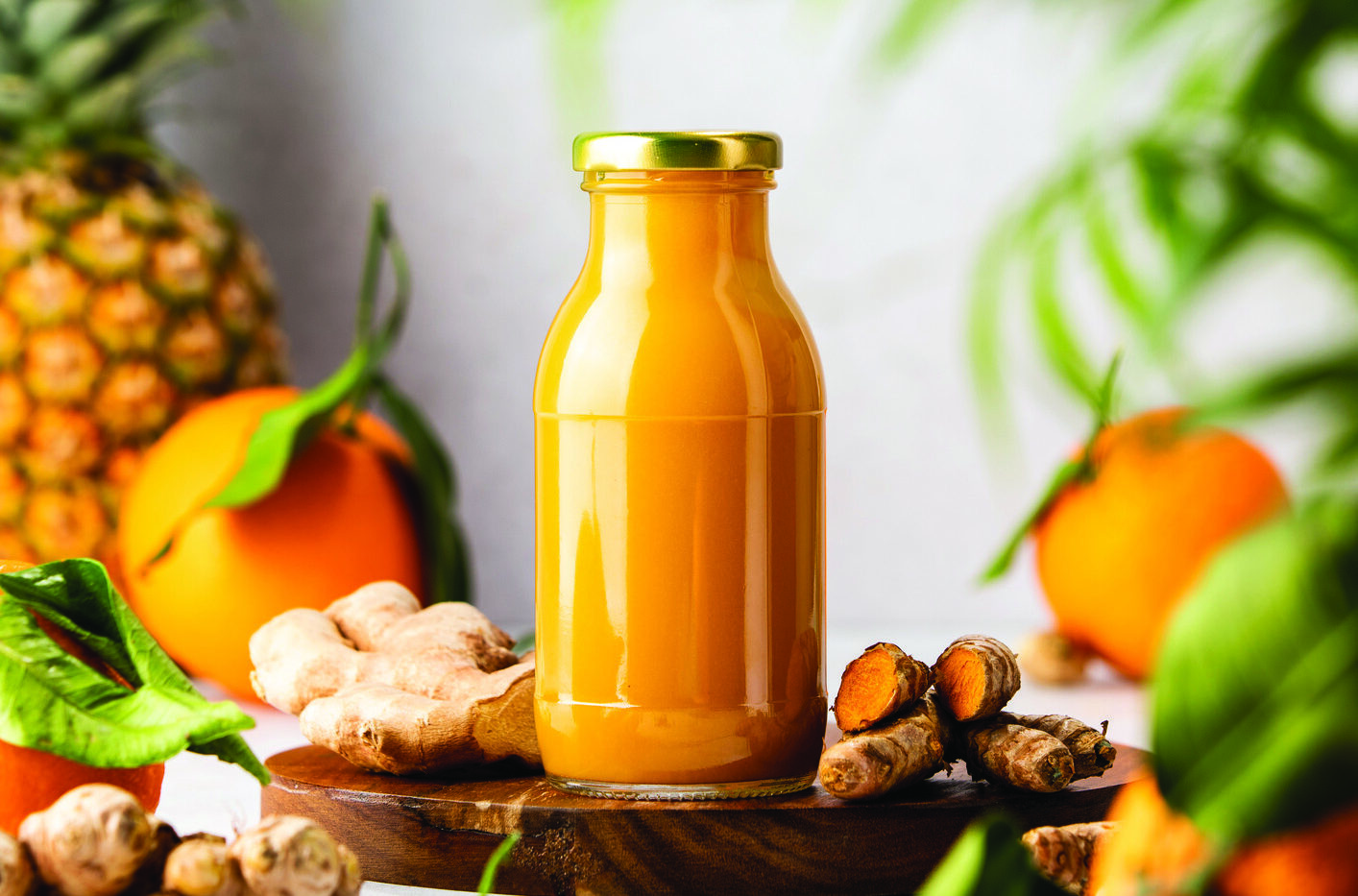by Bret Hanna of Rosing Davidson Frost
We all need salt (aka sodium or sodium chloride) in our diets. Salt allows the body to conduct electrical signals in the gastrointestinal tract, the heart and the nervous system. It also helps the body maintain blood pressure and keeps cells healthy. Salt is also pervasive in our foods. We use it for taste, of course, but also for texture and as a preservative. But since too much dietary salt is generally considered unhealthy, there are nutritional guidelines for consumption. For most people, doctors recommend limiting sodium intake to less than 2,300 mg daily. For those 51 and older and those with kidney disease, high blood pressure or diabetes, doctors recommend less than 1,500 mg daily. Tracking consumption is relatively easy. One simply needs to check food labels for per-serving sodium content.
While dietary salt is necessary for specific bodily systems and functions, consuming too much is bad for you. Average consumption of 2.3 grams of sodium or more can result in high blood pressure. High blood pressure can cause kidney disease, dementia, coronary heart disease, stroke, heart failure and atrial fibrillation. High levels of sodium consumption can also cause obesity, inflammation and autoimmune diseases, osteoporosis, dehydration, bloating and water retention, and stomach cancer.
Given the risks associated with high sodium consumption, lowering consumption to the recommended levels or below makes sense. The Mayo Clinic has outlined several strategies for doing this:
- The first is to learn how to read nutritional labels so you know what you are consuming:
- Sodium-free or salt-free means less than 5 mg per serving.
- Very low sodium means less than 35 mg per serving.
- Low sodium means less than 140 mg per serving.
- Reduced or less sodium means at least 25 percent less per serving than the regular version of a food.
- Lite or light sodium means at least 50 percent less per serving than the regular version of a food.
- Unsalted or no salt added means that no salt was added as the food was processed, but that does not mean that the food in question does not contain natural sodium—check for that.
- Choose “low” sodium products.
- Eat more fresh foods, meaning foods that don’t have sodium used as a preservative.
- Remove salt from recipes, and don’t put salt on the table during meals.
- Minimize condiments such as ketchup, mustard, relish, sauces/dips, salad dressing and soy sauce because they are often sodium rich.
- Replace salt with herbs and other spices to improve the taste. Do not substitute sea salt because it contains as much sodium as table salt.
- Pay attention to your bread consumption. Bread often contains high sodium levels, which can be true of whole or multi-grain breads.
- Check the labels.The takeaway is that reducing sodium consumption is not difficult, but the benefits of doing so are significant.








Leave A Comment